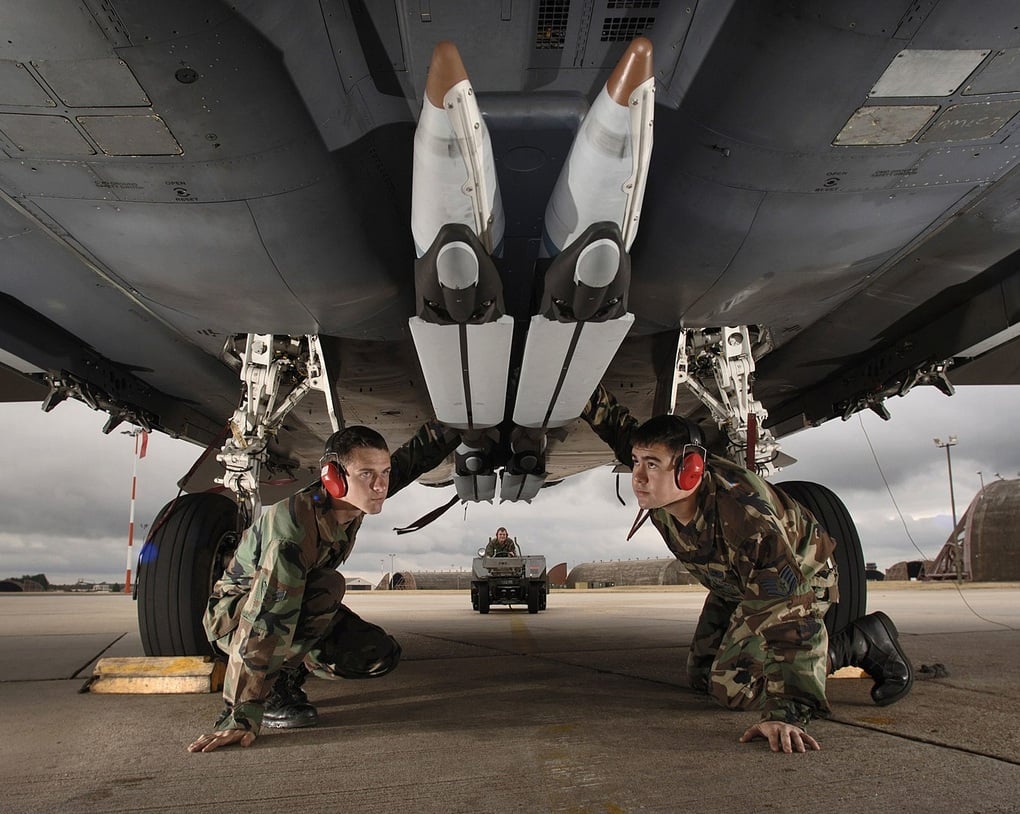
GBU-39 missile using small diameter bomb on F-15E aircraft at Lakenheath air base in England (Photo: US Air Force).
With a range of more than 140km, the new bomb is expected to be a significant boost to Ukraine's ability to strike at Russia's rear, a US official said.
“It gives them a deeper strike capability that they haven’t had before, adding to Ukraine’s long-range firepower arsenal,” the US official said.
So far, Ukraine’s maximum range is 80km when using GPS-guided missiles called M31, according to the Kyiv Post . Both the GLSDB and M31 are fired from HIMARS truck-mounted launchers and M270 self-propelled guns.
What's new in GLSDB?
The GLSDB missile originated from a post-Cold War Pentagon idea.
In the 2000s, the US military found itself with a large inventory of 227mm unguided rockets, which were designed to be launched in salvos from M270 and HIMARS artillery, while also needing to bombard small targets in Afghanistan and Iraq to reduce accidental casualties.
The solution is to combine the 227mm's rocket motor with the Boeing-made GBU-39 air-dropped guided glide bomb system, then find a way to launch them with the M270 or HIMARS.
According to Kyiv Post , in 2015, Boeing partnered with Sweden's Saab Group to test a ground-launched version of the GBU-39, and by 2019, the GLDSB system was operational.
The operating principle of GLDSB is that after the missile is launched, the bomb will separate from the missile and glide to the target at low speed without using thrust from the missile.
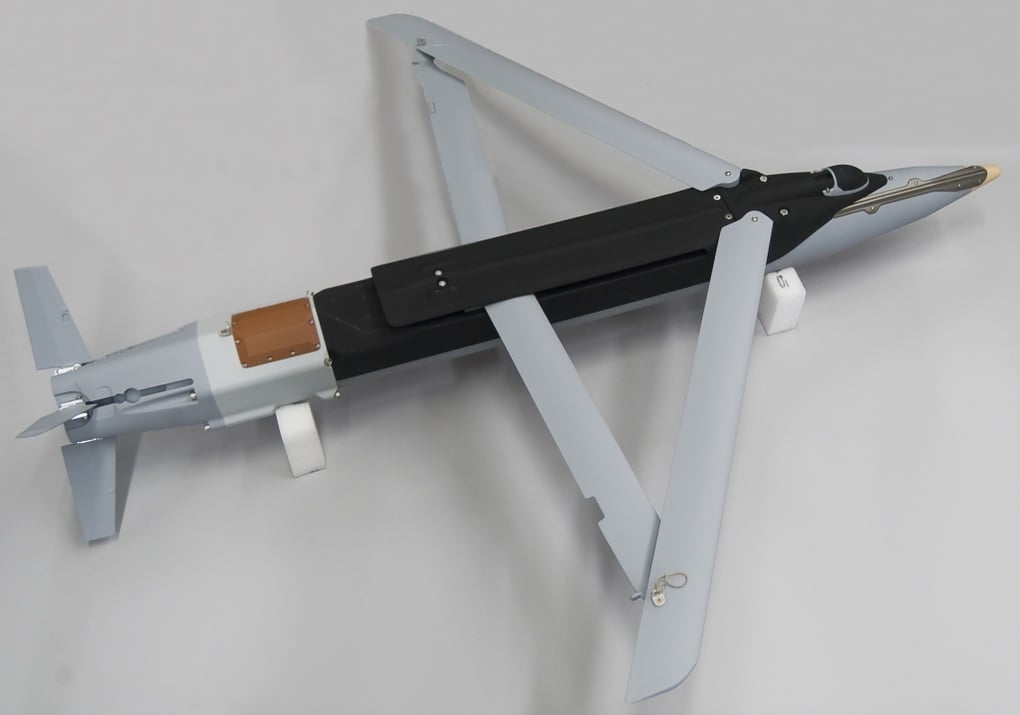
The two wings of the GBU-39 Small Diameter Bomb will pop out after being in the air (Photo: Smithsonian National Air and Space Museum).
How effective is it?
Kyiv Post cited open source reports as saying that, in addition to having nearly double the range, the GLSDB's main advantage is its low cost, estimated at $40,000 per missile, compared to the $500,000 price tag per M31 missile.
More importantly, the US military is no longer engaged in intense fighting in the Middle East, so Washington's arsenal likely still has tens of thousands of 227mm rockets that it can send to Saab to repurpose into glide bomb systems.
According to Saab, the glide system can be programmed to approach the target from different angles, making it difficult to intercept and making it easier for the bomb to navigate to hard-to-reach targets such as positions on the other side of a hill or in a narrow valley.
Where was GLSDB used?
The Ukrainian military will be the first armed forces to operate the GLSDB, followed by Taiwan, according to Sputnik .
The GLSDB's predecessor, the GBU-39, was initially used by the US and its allies in conflicts in Iraq, Afghanistan, Syria, Gaza, and Yemen.
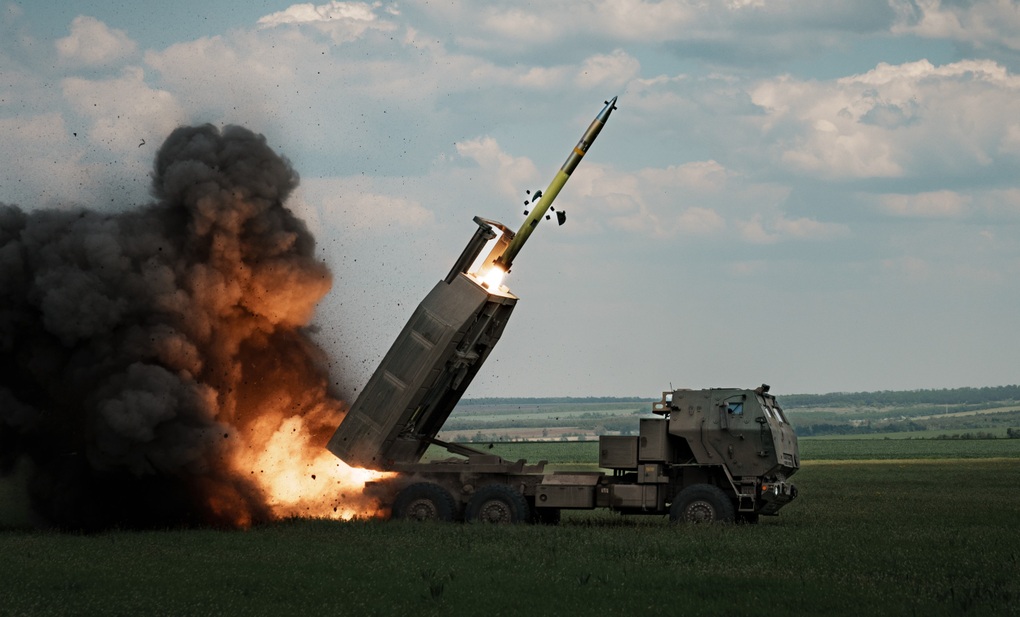
An M142 HIMARS launcher launches a missile towards Bakhmut in May 2023 in Donetsk Oblast, Ukraine (Photo: Getty).
Is GLSDB a game changer?
Kyiv Post assesses GLSDB as unlikely to be a game changer.
First is the issue of quantity. In theory, the US could supply large numbers of 227mm rocket engines, but the size of Saab’s glide bomb stockpile and the Swedish company’s production capacity are unclear.
Speaking to the Kyiv Post in January, a Ukrainian M270 artillery crew said that if they had enough ammunition and targets, they could launch dozens of missiles every 24 hours.
Additionally, according to Oryx, a weapons data collection company, Ukraine is likely operating around 15 M270 systems and 30 HIMARS. This means Ukraine could exhaust Saab’s annual GLSDB missile production capacity in a matter of days or weeks.
The second limitation of the GLSDB missile is that, although the same size as the M31 missile, the GLSDB carries a smaller warhead, with about 1/3 less explosive, depending on the type.
The GLSDB still carries enough explosives to detonate ammunition depots, but is only half as effective at destroying reinforced concrete bridges or spreading cluster bombs over large areas as the M31.
The final weakness is that the GLSDB glides to its target without the boost of a ballistic missile, making it vulnerable to Russian air defenses, at least in theory. However, Kyiv Post notes that this is a question that has no clear answer because the weapon has not yet been deployed in combat.
Source




![[Photo] National Assembly Chairman Tran Thanh Man attends the VinFuture 2025 Award Ceremony](/_next/image?url=https%3A%2F%2Fvphoto.vietnam.vn%2Fthumb%2F1200x675%2Fvietnam%2Fresource%2FIMAGE%2F2025%2F12%2F05%2F1764951162416_2628509768338816493-6995-jpg.webp&w=3840&q=75)
![[Photo] 60th Anniversary of the Founding of the Vietnam Association of Photographic Artists](/_next/image?url=https%3A%2F%2Fvphoto.vietnam.vn%2Fthumb%2F1200x675%2Fvietnam%2Fresource%2FIMAGE%2F2025%2F12%2F05%2F1764935864512_a1-bnd-0841-9740-jpg.webp&w=3840&q=75)




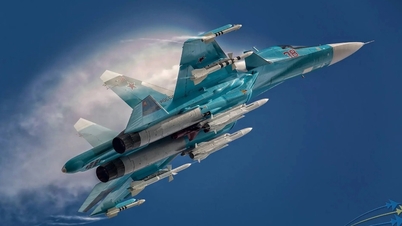
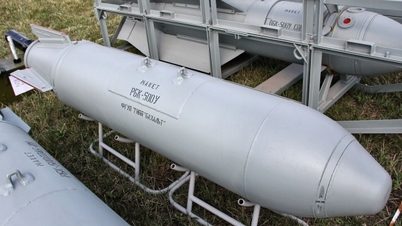


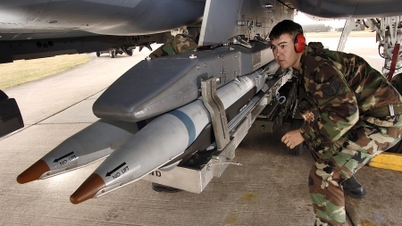





![[VIDEO] Save the Children helps children in Bac Ninh return to life soon after natural disasters](https://vphoto.vietnam.vn/thumb/402x226/vietnam/resource/IMAGE/2025/12/06/1765004276755_cu-u-tro-bn-2-cover20251206131142.jpeg)


























































































Comment (0)